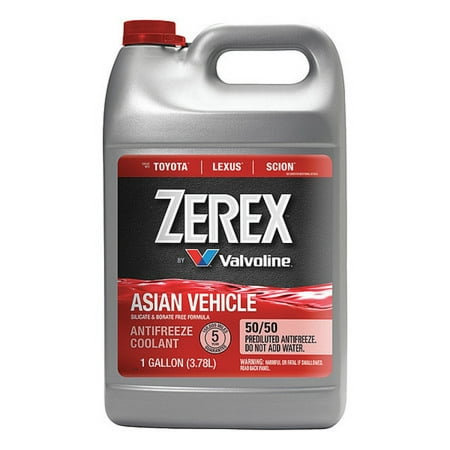STA-BIL (22214) Storage Fuel Stabilizer for All Gasoline Engines, 32 fl oz
Keep gasoline and your vehicle’s engine protected during storage by adding STA-BIL Storage Fuel Stabilizer. STA-BIL Fuel Stabilizer keeps fuel fresh for up to 2 years in your lawnmower, boat, or car. When used as directed it will ensure easy starts next season and help prevent damage caused by ethanol blended fuels. This also eliminates the need to drain fuel before putting the vehicle into storage. STA-BIL fuel stabilizer comes in an easy-pour bottle and treats up to 80 gallons. It works with all gasoline and gas engine models on cars, boats and other vehicles. For optimal results, treat fuel as soon as it’s purchased. This bottle contains 32 fl oz of auto fuel stabilizer and has two different openings to pour from.




STA-BIL Fuel Stabilizer:? 1 oz treats 2.5 gals? Recommended by Original Equipment ManufacturersSTA-BIL fuel stabilizer does not contain alcohol? May be used for up to 2 years after opening bottle? Removes the need to drain fuel? Vehicles are easy to start when brought out of storage? Prevents corrosion and build up of varnish or gum? Works with all gasoline and all gas engines


Reviews
There are no reviews yet.